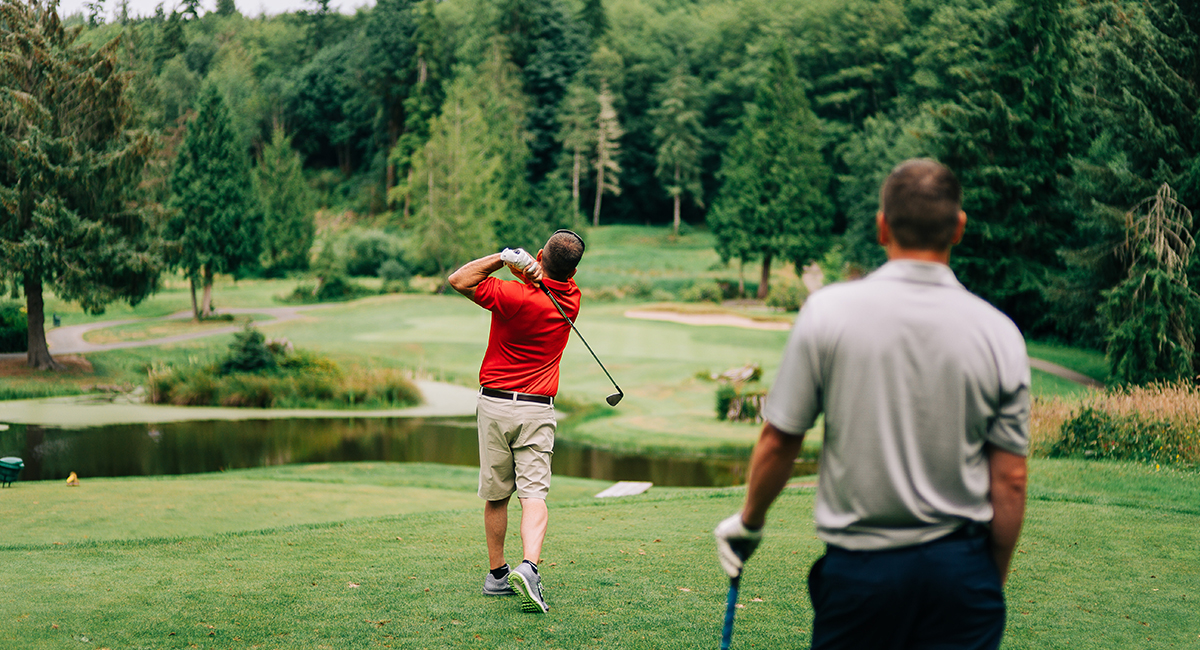Olympic National Park

With its incredible range of precipitation and elevation, diversity is the hallmark of Olympic National Park. Encompassing nearly a million acres, the park protects a vast wilderness, thousands of years of human history, and several distinctly different ecosystems, including glacier-capped mountains, old-growth temperate rain forests, and over 70 miles of wild coastline.
The Hoh Rain Forest is located in the stretch of the Pacific Northwest rainforest which once spanned the Pacific coast from southeastern Alaska to the central coast of California. The Hoh is one of the finest remaining examples of temperate rainforest in the United States and is one of the park’s most popular destinations. The Hoh lies on the west side of Olympic National Park, about a two-hour drive from Port Angeles and under an hour from Forks.
Nestled in the northern foothills of the Olympic Mountains, Lake Crescent lies about 18 miles west of Port Angeles. The pristine waters of this deep, glacially carved lake make it an ideal destination for those in search of natural beauty. Lake Crescent has several hiking trails, some of which climb the surrounding mountains, and others that explore the lowland forests and creeks. The hike to Marymere Falls by way of the Barnes Creek trail, is a favorite, as is the Spruce Railroad trail that runs along the north shore. Many people enjoy going out onto the water during the summer and fall. Boat launches are located at both east and west ends of the lake. Rowboats are available for rental from Lake Crescent Lodge. Whether it’s kayaking, sailing, or simply relaxing on the beaches and shores, Lake Crescent is a great place to visit.
Kalaloch is one of the most visited areas of Olympic National Park. Kalaloch and Ruby Beach are located on the southwest coast of the Olympic Peninsula. Located just North of Kalaloch is the Tree of Life or “Tree Root Cave” — a tree like no other. Still breathing while its roots travel to nowhere. Erosion, having taken away its life supply, has not stopped the tree from thriving on the coast and leaving people speechless from a sight that has never been seen before.
Rocky beaches, giant drift logs, pounding waves and views of offshore islands known as ‘seastacks’ are features that define Rialto Beach. Hole-in-the-Wall is a sea-carved arch about 1.5 mile north of Rialto Beach, within the Olympic wilderness. The Quillayute River blocks access from Rialto Beach to First, Second, and Third Beaches. First Beach is part of the Quileute Indian Reservation; Second and Third Beaches just to the south are located within Olympic National Park and are part of the Olympic Wilderness Coast.
Jason Hummel / Courtesy of State of Washington Tourism



